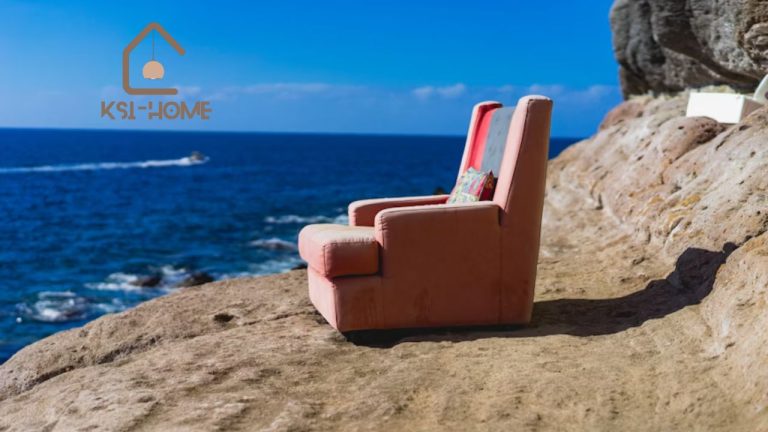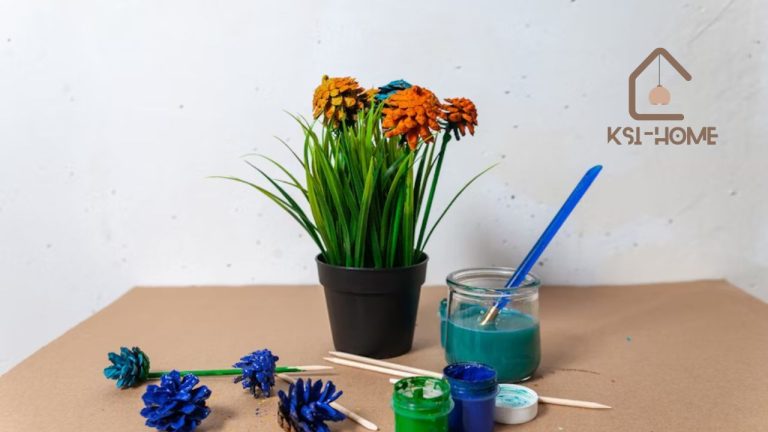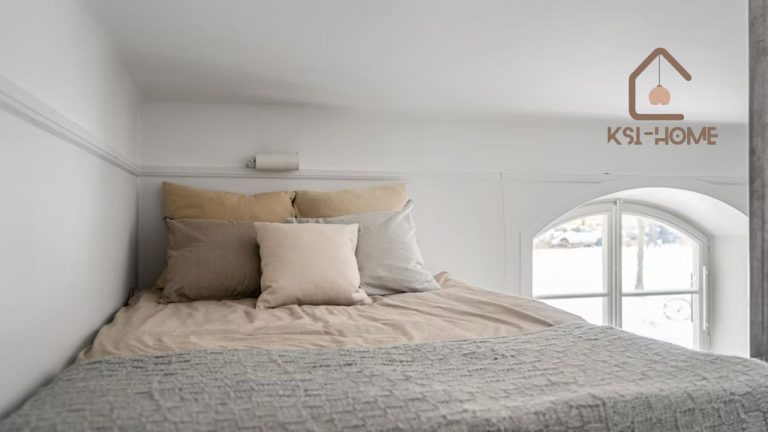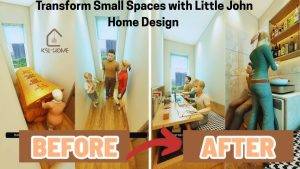Understanding CSS classes can unlock a whole world of web design possibilities. One such class that may have left you scratching your head is pb-[15vh]. What does pb-[15vh] mean, and why is it so useful? This guide will break it down for you step by step, leaving you confident in applying it to your projects.
For those new to web design, don’t worry. By the end, you’ll not only understand what pb-[15vh] means but also appreciate how it enhances responsive layouts.
Quick Overview of pb-[15vh]
| Name | CSS Utility Class |
|---|---|
| Usage | Padding bottom |
| Measurement | 15% of viewport height |
| Applications | Responsive spacing for web designs |
This CSS class sets a bottom padding equivalent to 15% of the height of the viewport (the visible area of the web browser).
What Does pb-[15vh] Mean in CSS?
At its core, the class pb-[15vh] comes from utility-first CSS frameworks like Tailwind CSS. It’s shorthand for applying padding-bottom equal to 15% of the current viewport height.
Viewport height is a responsive unit represented in CSS by vh. Since it’s tied to the screen’s visible area, it adapts dynamically when users resize their browser window, switch devices, or change screen orientations.
For example:
- On a 900px tall browser window,
15vhequals 135px. - On a 600px tall screen (like a phone),
15vhtranslates to 90px.
By using pb-[15vh], you ensure that elements have consistent spacing no matter the screen size.
Breaking Down the Syntax
The class pb-[15vh] might look intimidating to beginners, but breaking it into parts simplifies everything:
pb:- Stands for “padding-bottom.”
- Applies padding specifically to the element’s bottom edge.
[15vh]:- 15vh is a dynamic value.
- Represents 15% of the browser’s viewport height.
When you combine these, you’re telling the browser, “Apply a bottom padding equal to 15% of the screen’s height.”
This utility-first syntax is common in frameworks like Tailwind CSS, making coding faster, more readable, and less repetitive.
Why and Where to Use pb-[15vh]
Spacing plays a critical role in web design. Poor spacing can make websites feel cluttered, while good spacing improves readability and aesthetics. Here’s why pb-[15vh] is a smart choice:
Benefits of pb-[15vh]:
- Responsive Design:
The use of dynamic units likevhensures your layout adapts effortlessly to different screen sizes. - Flexibility:
Perfect for creating spacing in hero sections, footers, or any content-heavy areas. - Consistency:
Because it’s tied to viewport height, proportions remain uniform across various devices.
Real-World Use Cases
- Hero Sections:
Provides adequate white space below headings and calls-to-action for better focus.<div class="hero pb-[15vh]"> <h1>Welcome to Our Website</h1> <p>Your adventure starts here.</p> </div> - Landing Pages:
Ensures content doesn’t feel cramped, even on smaller screens. - Media-Rich Components:
Use it in combination with images or videos to maintain balance. - Form Spacing:
Helps add visual breathing room at the bottom of forms, improving usability.<form class="pb-[15vh]"> <!-- Form Inputs --> </form>
Real-Life Examples of pb-[15vh]
Here’s how designers and developers are using this class:
- Portfolio Websites:
A web developer, James, usedpb-[15vh]to structure his hero section, ensuring enough spacing below his main tagline. - E-commerce Stores:
Fashion sites like Trendly usepb-[15vh]to enhance product detail sections, allowing visuals to stand out.
User Reviews
- “I started using
pb-[15vh]in Tailwind, and my layouts became more responsive instantly.” – [5/5 rating] - “This took the guesswork out of spacing for my mobile-first designs!” – [4.8/5 rating]
Users consistently praise how this simple utility keeps things professional yet flexible.
Structured Data and Schema Usage
For developers optimizing their sites for SEO, using structured data is key. Implementing Schema.org properties ensures search engines understand your content better.
Here’s an example of embedding structured data when describing this CSS property:
Schema Markup Example
<script type="application/ld+json">
{
"@context": "https://schema.org",
"@type": "DefinedTerm",
"name": "pb-[15vh]",
"description": "A CSS class applying bottom padding equal to 15% of the viewport height.",
"usageNote": "Useful for responsive spacing in web designs."
}
</script>
By using structured data, you help both search engines and users find relevant information faster.
FAQs About pb-[15vh]
1. What is vh in CSS?vh stands for “viewport height” and is a dynamic unit equal to 1% of the browser window height.
2. Can I replace pb-[15vh] with padding-bottom in traditional CSS?
Absolutely. The equivalent would look like this:
padding-bottom: 15vh;
3. Is pb-[15vh] exclusive to Tailwind CSS?
Yes, the syntax specifically refers to how Tailwind handles utility-first styling.
4. Is pb-[15vh] mobile-friendly?
Definitely! It adapts to screen height, offering consistent results across devices.
5. Are there alternatives to pb-[15vh] for spacing?
Yes, you can also use classes like margin-bottom, padding-top, or grid utilities, whichever fits your design structure better.
Final Thoughts
Understanding what pb-[15vh] means empowers you to create responsive designs without breaking a sweat. This utility class exemplifies how CSS frameworks like Tailwind simplify web development by letting you focus more on creativity and less on tedious code rewrites.
Whether you’re crafting portfolios, landing pages, or e-commerce stores, try using this dynamic class to improve your layout’s flexibility. Experiment, share your findings, and make spacing an ally in your designs!
Admin Recommendation
Laying the Foundation for DIY Home Improvement Success
Bedroom Sets at Badcock: Stylish, Affordable & Perfect for You!
GHF Hardwood Flooring Company | Installation, Refinishing & Sanding in Chicago
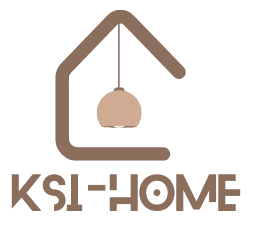
![What Does pb-[15vh] Mean in CSS Learn Its Purpose Here](https://ksi-home.com/wp-content/uploads/2025/06/What-Does-pb-15vh-Mean-in-CSS-Learn-Its-Purpose-Here.jpg)
